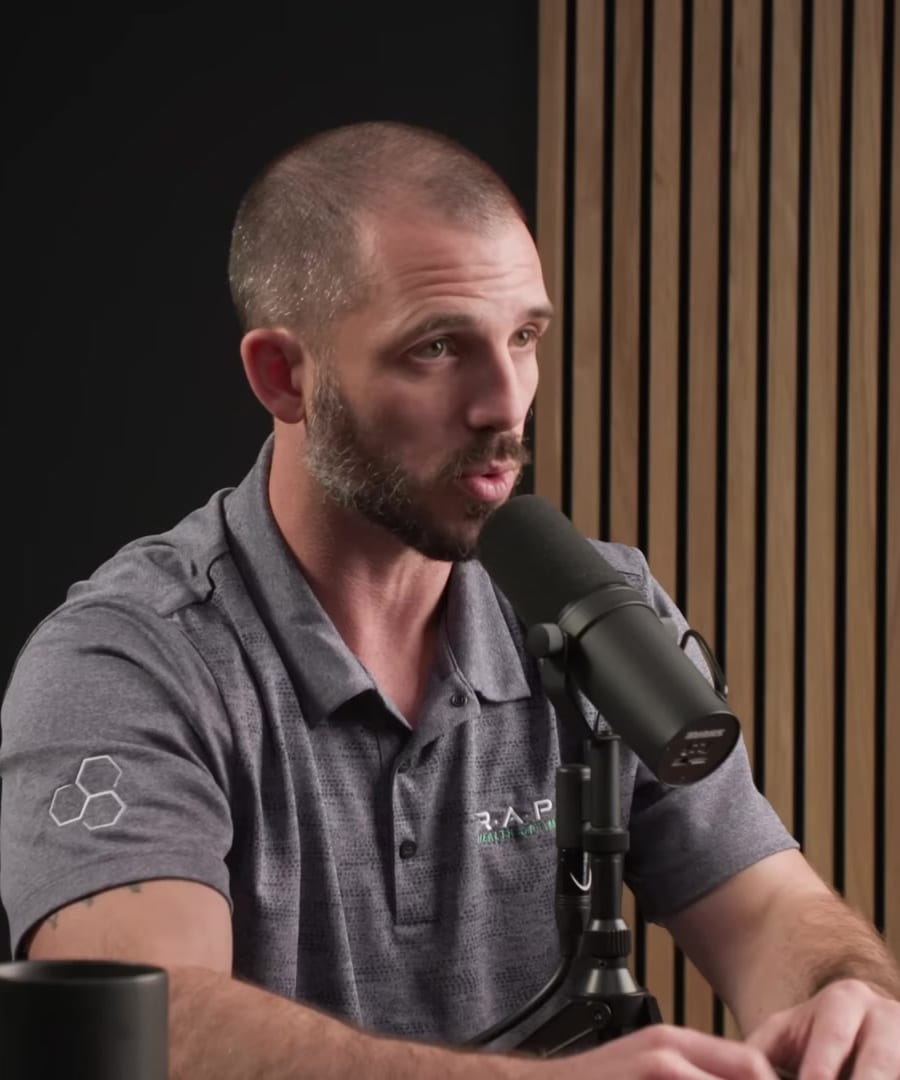How does gluconeogenesis work?
Sources:
Gluconeogenesis is a metabolic pathway that results in the generation of glucose from non-carbohydrate carbon substrates such as lactate, glycerol, and glucogenic amino acids. Here's a breakdown of how gluconeogenesis works, as explained in the context of anaerobic glycolysis:
-
Production of Pyruvate: During intense activities when oxygen availability is low, Pyruvate is produced rapidly. If there isn't enough mitochondrial capacity or sufficient oxygen to handle this Pyruvate, it builds up.
-
Conversion to Lactate: To manage the increasing acidity due to the build-up of Pyruvate and hydrogen (from ATP hydrolysis), the body converts Pyruvate into lactate. This also helps in buffering the acid buildup.
-
Transport of Lactate: Lactate can then be transported to different parts of the body like the liver, heart, or neighboring muscle fibers not currently in use.
-
Gluconeogenesis: In the liver, lactate can be converted back into Pyruvate in the presence of oxygen. Subsequently, two Pyruvate molecules can recombine to form glucose. This process is known as gluconeogenesis and is part of the Cori cycle, which allows lactate to be converted back into glucose by the liver and returned to the muscles for energy during prolonged exercise 1 .
RELATED QUESTIONS-
